During my last trip to Shodoshima in July (the next one is planned for next weekend, by the way), I was hoping to maybe meet with Hans Op de Beeck who was putting the finishing touches to his new artwork for the Setouchi Triennale 2019. His installation is called The Silent Room, and it opened with the Summer session of the festival. I didn’t meet him, because when I approached the building where the artwork is located, it was obvious that they were being very hard at work and extremely busy, and disturbing him and his team unannounced wouldn’t have been very courteous.
However, he kindly accepted to do a short e-mail interview with me.
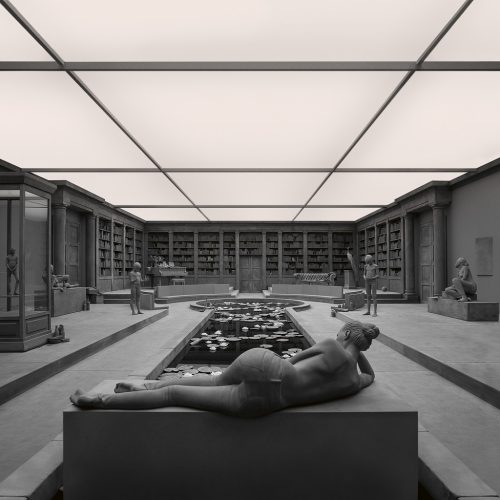
Can you tell us a little bit about yourself?
I am a multidisciplinary artist from Belgium, who makes sculptures, installations, video works and animated films, paintings, drawings, and photographic works. Aside of that visual art practice, I also started to write and direct theatre and opera and create stage design and costumes for those productions.
My works are a reflection on our complex society and the universal questions of meaning and mortality that resonate within it. I regard man as a being who stages the world around him in a tragi-comic way in his search for a reassuring form of identity.
But above all, I am keen to stimulate the viewer’s senses and invite him to profoundly experience an image, by creating forms of visual fiction that deliver a moment of wonder, silence and consolation.
This is why I often work on a large, immersive scale, so the spectator truly can wander around in the quiet moods of the worlds I try to stage and evoke for him.
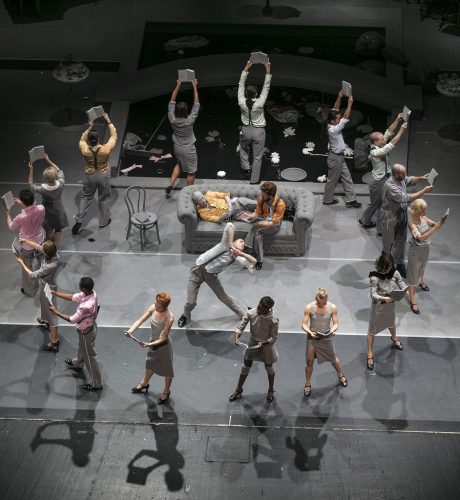
How did you hear about the Setouchi Triennale and what made you want to take part in it?
It was when the team of the Triennale contacted me with the request to participate that I got to know it. It is a marvellous event, because of its unique locations on the islands and the curatorial teams did and do an incredible job. So, I was just truly honoured to being invited.
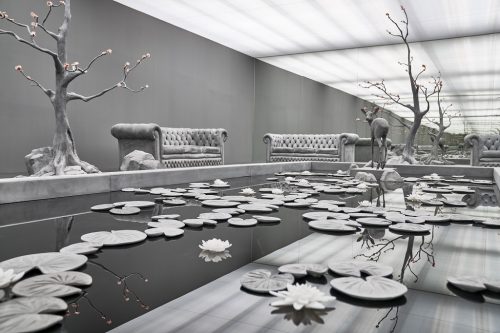
Did you get to choose the location where your artwork will be shown? If yes, what guided your choice?
Yes; I was introduced to several locations and I was happy I had the choice to pick out the space to work with. It was the quietness of the building, its history and its specific dimensions that made me decide to work in that space.
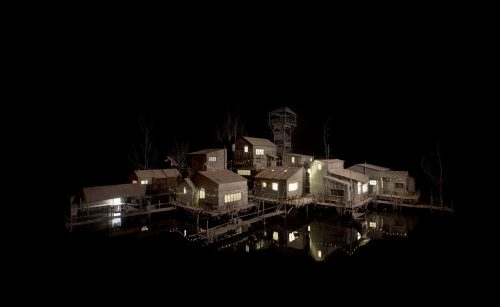
What can you tell us about your work for the Triennale?
‘The Silent Room’ is a large, indoor sculptural installation in a former building of a soy sauce association that represents a major Shodoshima industry.
I created a visually quiet, almost entirely black-and-white, fictitious indoor space that visually connects Belgian and Japanese cultural references into a world of its own. The spectator takes off his shoes in a first space and then enters the main room that seems to be a petrified after-image of a place that once was fully active, inhabited and colourful.
As in most of my work, I here again address the concepts of silence, tranquillity, stasis and contemplation. The space includes the representation of a life-sized figures of children with closed eyes and sculptural interpretations of nature such as a lily pond, cherry blossom trees, a roe deer and rock formations.
These elements are combined with culturally charged objects and references such as a grand piano and a Wunderkammer like library. I added a musical score to the installation, specially created for it, and provide the visitors with tea and soybean snacks, so that, aside of the visual aspect, the senses of tasting and listening are activated as well.
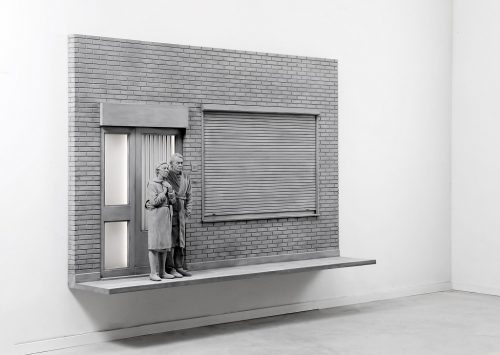
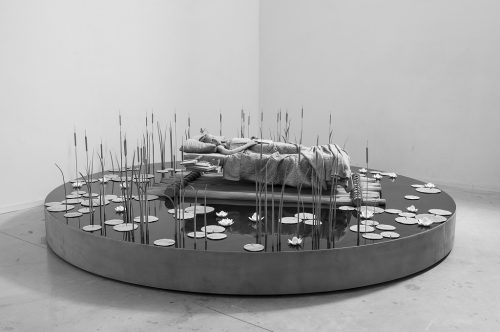
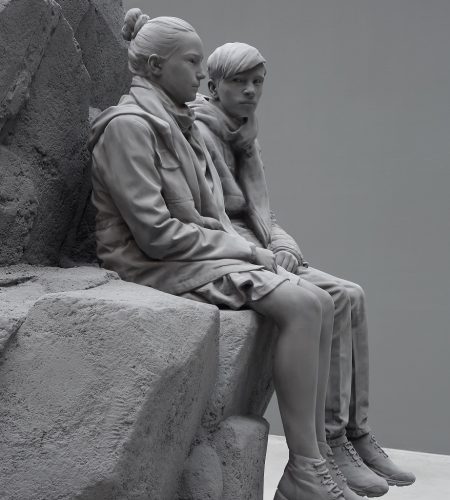
Thank you for this, Mr. Op de Beeck, seeing your art, I understand why you were so busy, and I’m really looking forward to experiencing the Silent Room as soon as possible.
In addition to his work on Shodoshima, you can find Hans Op de Beeck online:
All the pictures on this article are under Creative Commons license and were downloaded from his website with the artist’s authorization.